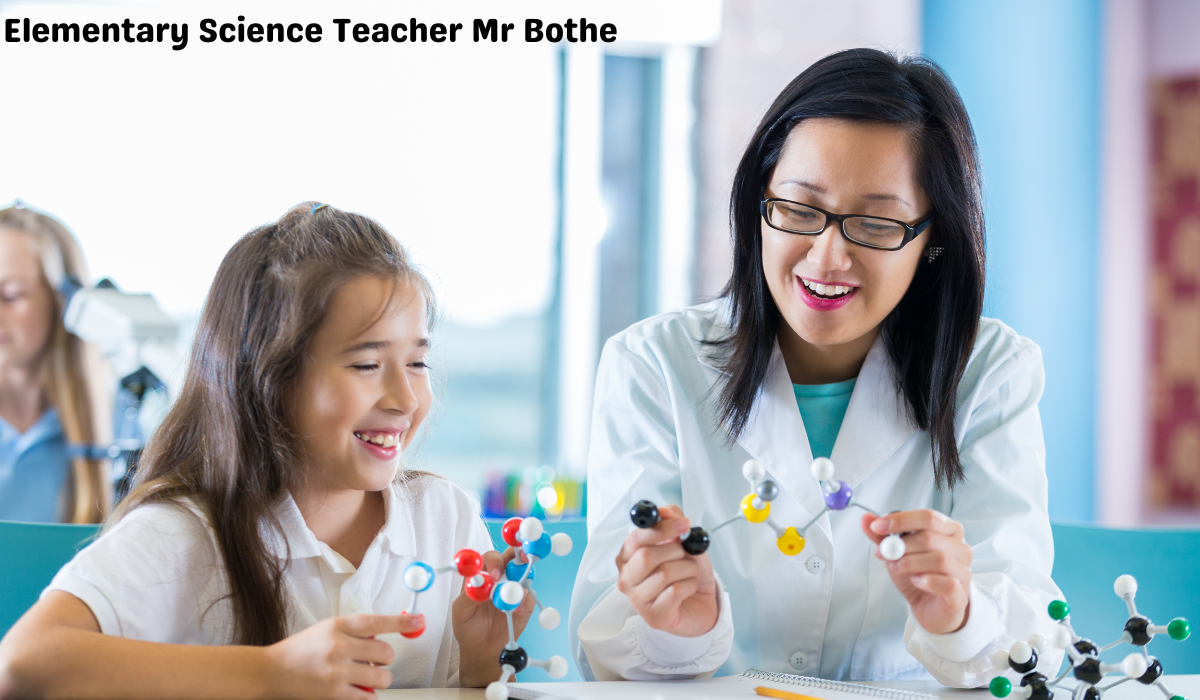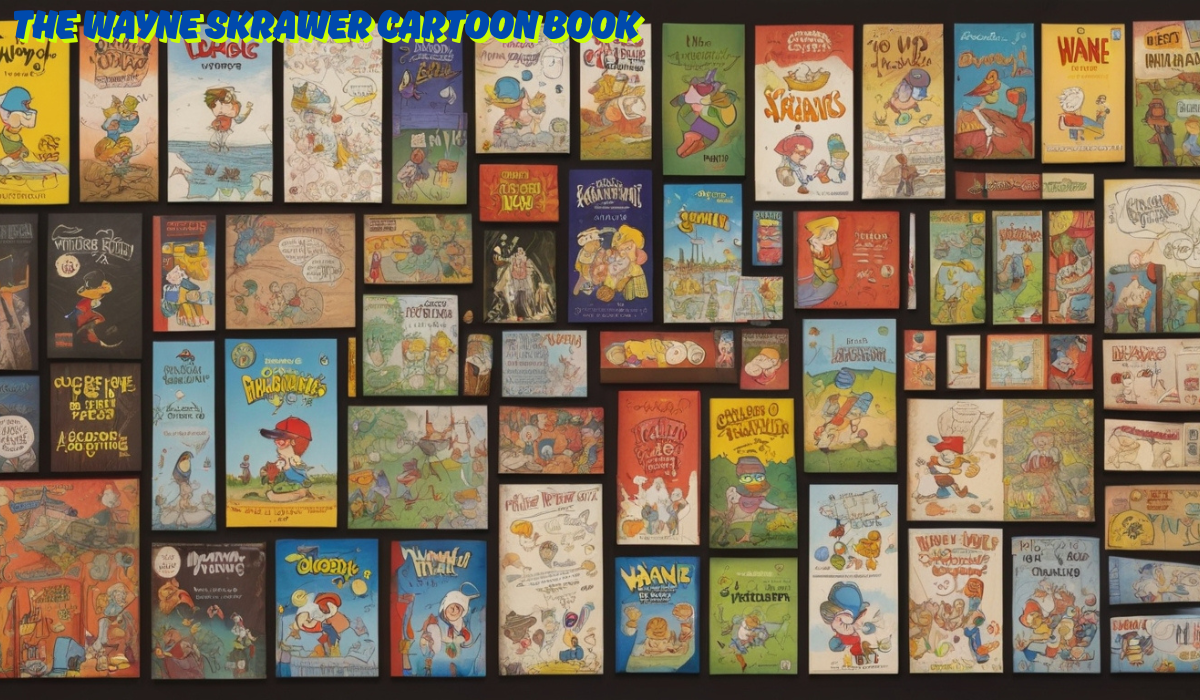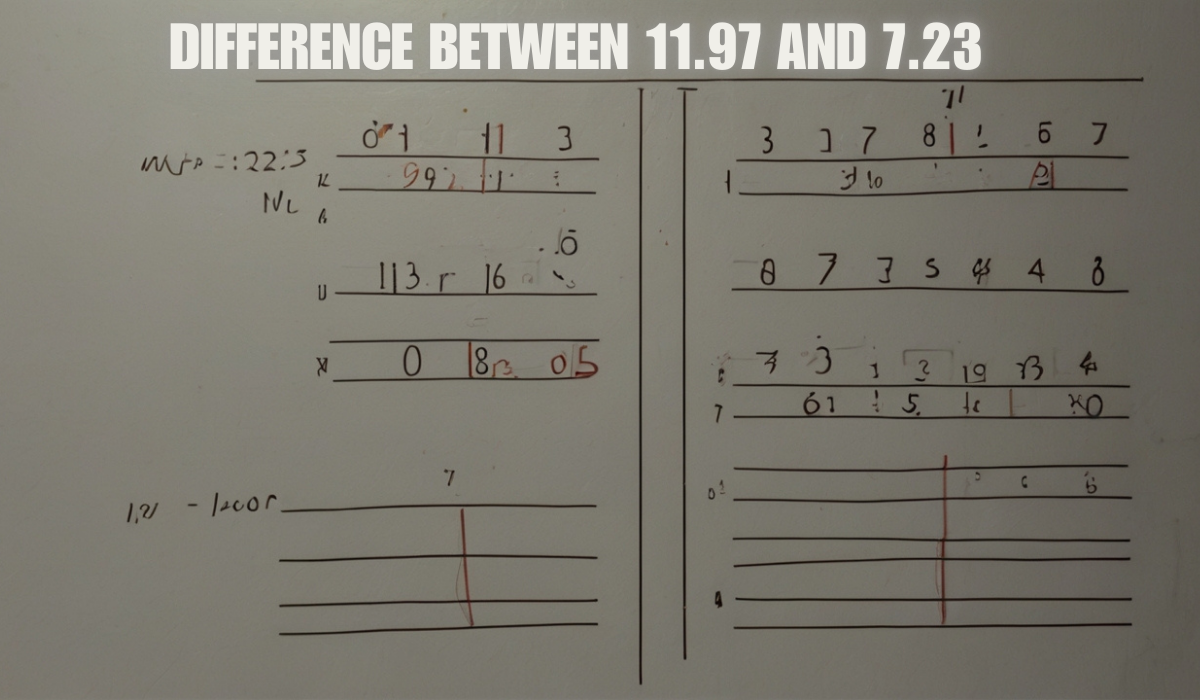The Story of Elementary Science Teacher Mr Bothe
Introduction
Passionate educators can change lives. At New Canaan East Elementary School, one teacher consistently raises the bar for science education. Introducing Mr. Bothe, a seasoned science teacher with a distinction for innovative approaches that ignite curiosity, foster learning, and empower his students for the future.
This blog will take you inside Mr. Bothe’s classroom, explore his teaching philosophy, and showcase how his work shapes the lives of his students and the broader New Canaan East community.
Meet Mr. Bothe
Mr. Bothe is not your typical science teacher. With over 15 years of teaching experience and a degree specializing in Science Pedagogy, he has honed his methods to make science fun, accessible, and impactful. His goal? To foster a love of learning and encourage students to see science not as a subject to be memorized but as a world to explore.
His hands-on, student-centered approach is anchored in the belief that every child has the potential to excel in science when given the right tools.
Redefining the Science Classroom
Most of us remember science classrooms with occasionally used labs and textbooks filled with static diagrams. Mr. Bothe’s classroom shatters that stereotype. It buzzes with energy.
Here’s how he’s modernized teaching methods and made learning science an adventure for elementary students.
Innovative Methods in Science Education
A. Project-Based Learning:
Mr. Bothe’s students don’t just read about topics like ecosystems or physics—they create models, grow plants, and build experiments to bring theory to life. Every concept is backed by a tangible activity that engages multiple senses.
B. Technology Integration:
Using tools such as interactive software, augmented reality apps, and online simulations, students gain a futuristic education. For example, students might explore the planets using virtual reality or analyze statistics through digital spreadsheets tailored for young learners.
C. Outdoor Classrooms:
By partnering with the local PTA, Mr. Bothe has set up an outdoor learning space where students can engage in field experiments and environmental studies. This connects them with nature and makes science relatable.
D. Cross-Subject Collaboration:
In his classroom, science intersects with math, language arts, and social studies. One week, students might calculate measurements for a bridge they’re building in an engineering challenge; the next, they might write persuasive essays related to environmental conservation.
The Impact of Hands-On Learning
Why does Mr. Bothe emphasize this hands-on, experiential approach? He knows children learn best when they do. When they touch, see, hear, and even smell aspects of their learning, they retain that knowledge longer. This approach develops critical thinking and problem-solving skills extending beyond the classroom.
His experiments are legendary. Every activity is designed to merge education with fun, from building rockets to creating simple electric circuits.
Shaping Science Enthusiasts for the Future
Mr. Bothe’s teaching is about much more than scientific formulas and facts. It’s tied in with rousing a long-lasting enthusiasm for learning. Here’s how his approach impacts the students at New Canaan East.
1. Developing Curiosity:
His students learn to ask good questions and seek answers beyond the surface level, fostering critical thinking.
2. Boosting Confidence:
Tackling scientific challenges head-on gives kids confidence in their ability to solve problems, a skill crucial for other areas of life.
3. Building Teamwork Skills:
Many of Mr. Bothe’s hands-on projects are collaborative, teaching his students to work together.
4. Preparing for STEM Careers:
At an early age, his students gain meaningful exposure to science, technology, engineering, and math (STEM), sparking potential interest in these career paths.
Community Support and Collaboration
Mr. Bothe’s classroom is a community effort. The enthusiastic involvement of parents and local businesses makes his innovative teaching possible. Here are just a few examples of how the community supports his work.
- Parent Volunteers: Parents are deeply involved in their children’s learning journeys, from helping supervise outdoor experiments to setting up lab equipment.
- PTA Contributions: The PTA has invested in technology tools such as laptops and science kits, empowering Mr. Bothe to create next-level science lessons.
- Local Businesses: Local organizations have generously contributed materials and funding for initiatives such as the annual New Canaan Science Fair.
Mr. Bothe’s science fairs are incredibly impactful as an inspiring community showcase where students present their projects. The excitement and pride on display illustrate how science has become an integral part of their lives.
Key Strategies for Engaging Young Learners
If you’re a parent or educator inspired by Mr. Bothe’s success, here are his top recommendations for introducing children to the exciting world of science.
A. Make It Fun:
Incorporate activities that promote exploration, like mixing colors or creating small catapults. Kids learn better when they’re having fun.
B. Encourage Questions:
Treat every “why” with importance, whether complex or straightforward. It fosters curiosity and encourages participation.
C. Start Small:
Everyday moments can be learning opportunities observing ants in the backyard or discussing why leaves change color in autumn.
D. Experiment Together:
Lead basic tests at home or in the study hall. For example, try making a homemade volcano with baking soda and vinegar.
E. Celebrate Mistakes:
Science thrives on trial and error. Teaching kids that failure is part of the process helps build resilience.
Adopting even a few strategies will make science come alive for young learners.
Why We Need More Educators Like Mr. Bothe
Traditional teaching methods don’t just risk dull students. They can diminish their natural curiosity. Educators like Mr. Bothe prove that innovation and passion can reignite that spark.
Imagine a world where more teachers adopt his approach. Elementary students would grasp scientific concepts and be excited to discover them, paving the way for a new generation of thinkers and dreamers.
FAQs About elementary science teacher mr bothe
Q1. Why is hands-on learning so effective for elementary students?
A. Hands-on activities engage multiple senses, making lessons more memorable. They also teach problem-solving and experimentation skills.
Q2. What tools and tech are essential for a modern science classroom?
A. Interactive tools like virtual reality headsets, digital whiteboards, and science lab kits can transform learning experiences.
Q3. How can parents support science education at home?
A. Parents can encourage curiosity by involving kids in simple experiments, discussing real-world applications of science, and making time to explore nature.
Q4. What’s unique about Mr. Bothe’s approach?
A. Mr. Bothe blends hands-on projects, technology, outdoor learning, and cross-subject integration to make science exciting and impactful for his students.
Igniting Curiosity, One Student at a Time
Mr. Bothe isn’t just teaching science. He’s shaping the innovators of tomorrow. By merging creativity, innovation, and passion, he’s proving how education can transform lives.
Education needs more dedicated individuals like Mr. Bothe. He goes above and beyond to ensure students fall in love with learning. His impact on New Canaan East Elementary School is a testament to what’s possible when passion meets purpose.
Interested in how you can implement strategies like Mr. Bothe’s in your classroom or at home? Start by fostering curiosity, creating hands-on learning opportunities, and collaborating with your educational community.
Science isn’t just meant to be studied. It’s meant to be experienced. Mr. Bothe ensures his students do just that.




Post Comment